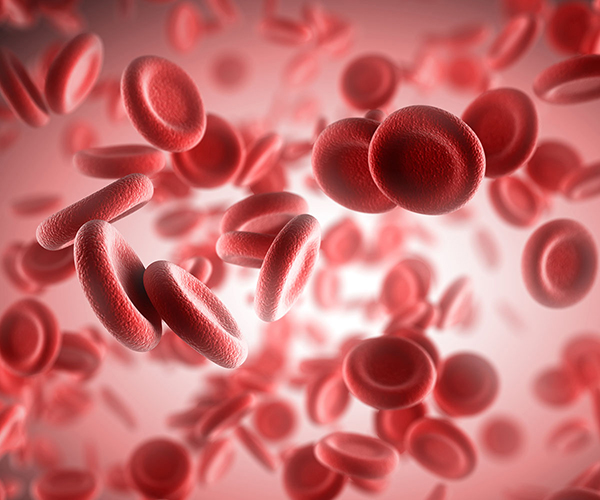
Iron is an essential trace element for all living organisms and plays a crucial role in various physiological processes, including oxygen transport. However, excess iron can promote oxidative stress that damages cells and organs, so iron levels need to be tightly controlled. Iron regulatory proteins (IRP1 and IRP2) regulate iron availability by binding to the iron-responsive elements (IREs) of mRNAs of iron-regulated genes.
- In a study from the Rouault Lab, researchers developed a new method to analyze iron regulatory proteins. Currently, the primary method to measure the IRE-binding activity of IRPs is the electrophoresis mobility shift assay, or EMSA.
- The study team developed a new method that uses a labelled IRE probe to separate IRE-binding IRPs, followed by another assay, called immunoblotting, to analyze the IRE-binding activity. This method allows for the successful measurement of IRP activity in cultured cells and mouse tissues under various iron conditions.
- The method also increases the specificity of IRP antibodies and verifies whether a protein band on an immunoblot actually represents an IRP.
- With this method, the study team was able to reveal some previously unknown information about IRPs.
- The new method is more practical, sensitive, and cost-effective, and its application by other researchers will enhance future work on iron regulation and metabolism.
- As an example, the lab published a separate study using this new method to show that a specific IRP plays a significant role in regulating an oxygen sensor that turns on the body’s response to low oxygen, which involves increasing amounts of erythropoietin—the hormone responsible for producing red blood cells.
References
Zhang D, Ollivierre H, and Rouault TA. Using Biotinylated Iron-Responsive Element to Analyze the Activity of Iron Regulatory Proteins Int J Mol Sci. DOI: 10.3390/ijms25094852 (2024)
Zhang D, Ollivierre H, Qi CF, and Rouault TA. A bulge uridine in the HIF2a IRE allows IRP1 but not IRP2 to selectively regulate HIF2a expression and ensuing EPO levels Blood DOI: 10.1182/blood.2024025246 (2024)
Learn more about the Molecular Medicine Affinity Group: https://www.nichd.nih.gov/about/org/dir/affinity-groups/MM.
 BACK TO TOP
BACK TO TOP